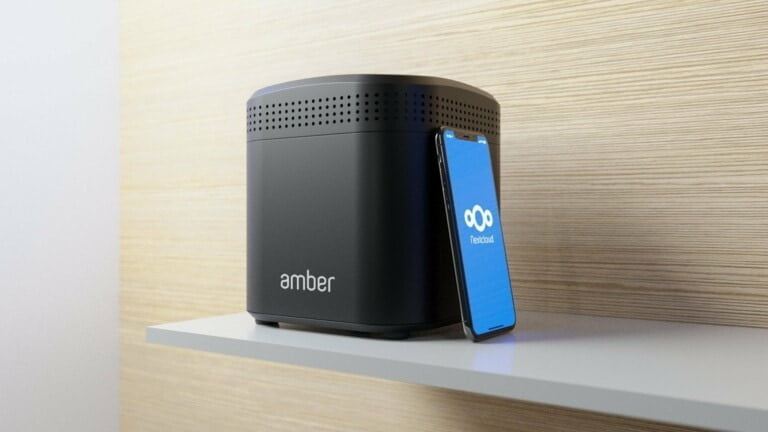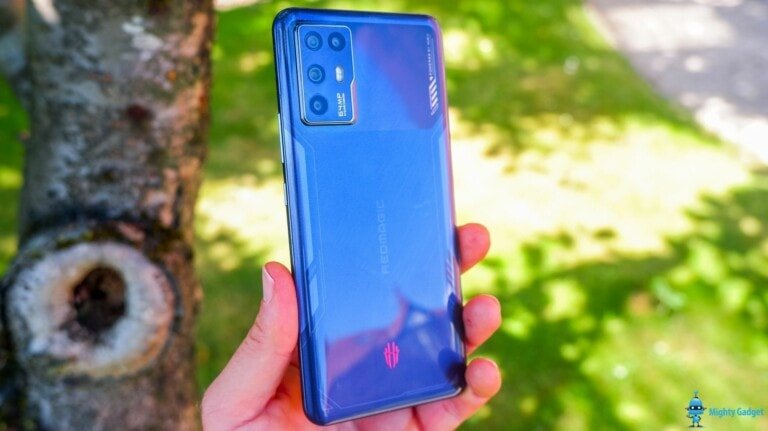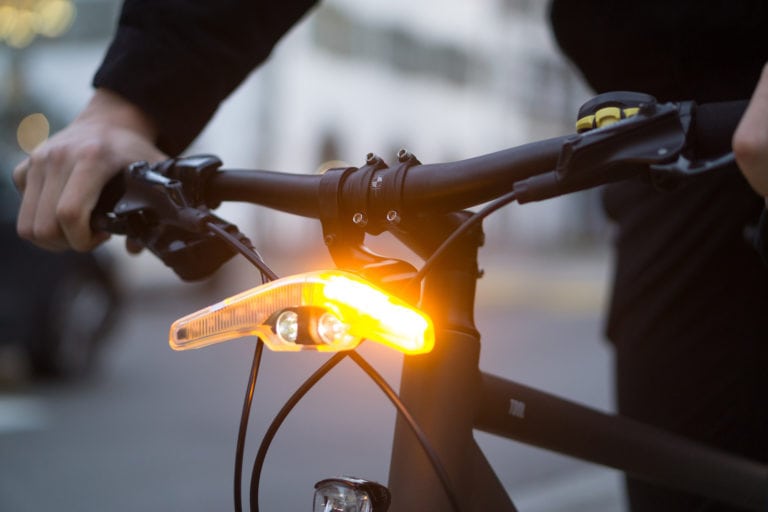Any links to online stores should be assumed to be affiliates. The company or PR agency provides all or most review samples. They have no control over my content, and I provide my honest opinion.
Following last years trend, Qualcomm has upgraded their flagship chipset with a Plus variation of the Qualcomm Snapdragon 865 offering improved frequencies and all the benefits that brings.
Technically, the trend started in 2018 when Asus launched the original ROG phone which used a speed binned Snapdragon 845, but then Qualcomm made the new faster chipset available to a wider audience with an official SoC. So it comes as no surprise that it will be Asus who will be the first company to launch a phone with the Qualcomm Snapdragon 865+ on the ROG Phone 3.
July 22nd is all about Speed and Power.#ROGPhone3 unleashes the latest Snapdragon 865 Plus and delivers mind-blowing performance. Save the date!https://t.co/khFhIcwZW9#GameChanger pic.twitter.com/LeMR19bPoK
— ROG Global (@ASUS_ROG) July 8, 2020
Qualcomm already dominates the market in terms of performance (and market share) with their chipset taking the top 8 spots on phones within the Antutu benchmarks.
MediaTek has been making progress with the Dimensity 1000, and then there is the Exynos 990 and Kirin 990.
So what’s changed with the new SD865+ and how does it compare with other flagships?

What’s the same
I won’t go every aspect of the chipset, because it is identical to the Qualcomm Snapdragon 865, using the same fabrication process, memory, ISP, and external X55 5G modem.
It is basically just the CPU and GPU that have had their frequencies increased.
CPU
Only the single Kryo 585 Prime core which is based on a Cortex A77 has had a bump in speed taking it from 2.84GHz to 3.1GHz representing a 9.2% increase in the frequency and the first time a mobile chipset has broken the 3Ghz barrier.
The other cores remain identical with 3x Cortex A77 running at 2.42GHz and then 4 small Cortex A55 cores.
Samsung, with their Exynos 990, is technically the second most powerful chipset on the market with the Samsung Galaxy S20 sitting at 9 and 10 in Antutu charts. With this chipset they use a custom Exynos M5 CPU running at 2.73GHz for the first two big cores, then Cortex A76 based cores running at 2.5GHz for the middle 2. Then also 4x Cortex-A55 @ 2Ghz
Finally, the Dimensity 1000 Plus is the latest flagship from MediaTek, it is identical to the Dimensity 1000 Plus before it, except it now supports higher refresh rate screens. This uses 4x Cortex A77 @ 2.6GHz then 4x Cortex A55 @ 2.0GHz.
GPU
Qualcomm does their own thing with the GPU in the form of the Adreno 650. The original Snapdragon 865 was clocked at 587 MHz, and the new Snapdragon 865+ has an undisclosed frequency, but a claimed 10% performance boost.
Samsung then uses the latest Arm Mali Mali G77 with 11 cores running at an undisclosed speed.
The MediaTek used the same Mali G77 but with only 9 cores, again and an unknown frequency.
Power Efficiency / Battery Drain
Qualcomm hasn’t don’t anything to change the power efficiency of the SD865+, so to achieve the higher frequencies there is a power increase, but this is only linear with the increased clock speed, meaning energy efficiency of the new SoC will maintain.
This will technically mean you get the same battery drain, while the CPU may use more energy while in use, it will complete tasks faster. So the near 10% frequency improvement will be 10% increased power usage, but 10% faster processing giving a net 0% battery drain difference (in theory).
Wi-Fi 6E
For me, one of the more interesting aspects is that the SD865+ will be compatible with the new FastConnect 6900 Wi-Fi chips by Qualcomm. These are the new Wi-Fi 6E chips that allow you to use the 6GHz band which will improve the performance of Wi-Fi 6 considerably.
However, phone makers have to opt to include this, and there are no routers supporting it, so it probably won’t make any difference in the near future.
Benchmarks – Antutu – 3D Mark
At the moment, we don’t have any official benchmarks. It has been previously revealed that the up and coming Lenovo Legion scored with the Qualcomm Snapdragon 865 Plus scored 667,253 in Antutu which is a bit more than 10% increase over the current leading phone on Antutu.
The OPPO Find X2 Pro with the SD865 is the first phone to break the 600k mark on the official Antutu chart, while the Galaxy S20 with the Exynos 990 is at number 9 with 516823.
The Dimensity 1000+ on the is claimed to score 530,000 on the iQOO Z1

Qualcomm Snapdragon 865+ V Snapdragon 865 vs Dimensity 1000 Plus vs Exynos 990 Comparison Table
| SoC | Qualcomm Snapdragon 865+ | Qualcomm Snapdragon 865 | Exynos 990 | MediaTek Dimensity 1000 Plus |
|---|---|---|---|---|
| CPU | 1x Cortex A77 @ 3.1GHz 1x512KB pL2 | 1x Cortex A77 @ 2.84GHz 1x512KB pL2 | 2x Exynos M5 @ 2.73GHz | 4x Cortex A77 @ 2.6GHz |
| 3x Cortex A77 @ 2.42GHz 3x256KB pL2 | 3x Cortex A77 @ 2.42GHz 3x256KB pL2 | 2x Cortex A76 @2.5GHz | 4x Cortex A55 @ 2.0GHz | |
| 4x Cortex A55@ 1.80GHz 4x128KB pL2 4MB sL3 | 4x Cortex A55@ 1.80GHz 4x128KB pL2 4MB sL3 | 4x Cortex A55 @ 2Ghz | ||
| GPU | Adreno 650 +10% Perf | Adreno 650 @587 MHz | Mali G77MP11 @ ? MHz | Mali-G77MP9 @ ? MHz |
| APU / NPU / AI Proc. / Neural IP | Hexagon 698 15 TOPS AI | Hexagon 698 15 TOPS AI | Dual NPU + DSP >10 TOPs | "3rd gen APU" |
| Memory | 4x 16-bit CH @ 2133MHz LPDDR4X / 33.4GB/s or @ 2750MHz LPDDR5 / 44.0GB/s 3MB system level cache | 4x 16-bit CH @ 2133MHz LPDDR4X / 33.4GB/s or @ 2750MHz LPDDR5 / 44.0GB/s 3MB system level cache | LPDDR5 @ 2750MHz | ? |
| ISP/Camera | Dual 14-bit Spectra 480 ISP | Dual 14-bit Spectra 480 ISP | Single: 108MP | 80MP |
| 1x 200MP or 64MP with ZSL or 2x 25MP with ZSL 4K video & 64MP burst capture | 1x 200MP or 64MP with ZSL or 2x 25MP with ZSL 4K video & 64MP burst capture | Dual: 24.8MP+24.8MP | 32MP + 16MP | |
| Encode/ | 8K30 / 4K120 10-bit H.265 Dolby Vision, HDR10+, HDR10, HLG 720p960 infinite recording | 8K30 / 4K120 10-bit H.265 Dolby Vision, HDR10+, HDR10, HLG 720p960 infinite recording | 8K30 & 4K120 encode & decode H.265/HEVC, H.264, VP9 | 2160p60 |
| Integrated Modem | external X55 | none (Paired with external X55 only) | Exynos Modem External | 5G Sub-6 |
| (LTE Category 24/22) DL = 2500 Mbps 7x20MHz CA, 1024-QAM | (LTE Category 24/22) DL = 2500 Mbps 7x20MHz CA, 1024-QAM | (LTE Category 24/22) DL = 3000 Mbps | DL = 4600Mbps | |
| UL = 316 Mbps 3x20MHz CA, 256-QAM | UL = 316 Mbps 3x20MHz CA, 256-QAM | (5G NR Sub-6) DL = 5100 Mbps | Up to 2CC CA | |
| (5G NR Sub-6 + mmWave) DL = 7000 Mbps UL = 3000 Mbps | (5G NR Sub-6 + mmWave) DL = 7000 Mbps UL = 3000 Mbps | (5G NR mmWave) DL = 7350 Mbps | UL = 2500Mbps | |
| Process | TSMC 7nm (N7P) | TSMC 7nm (N7P) | 7nm LPP (EUV) | N7 |
I am James, a UK-based tech enthusiast and the Editor and Owner of Mighty Gadget, which I’ve proudly run since 2007. Passionate about all things technology, my expertise spans from computers and networking to mobile, wearables, and smart home devices.
As a fitness fanatic who loves running and cycling, I also have a keen interest in fitness-related technology, and I take every opportunity to cover this niche on my blog. My diverse interests allow me to bring a unique perspective to tech blogging, merging lifestyle, fitness, and the latest tech trends.
In my academic pursuits, I earned a BSc in Information Systems Design from UCLAN, before advancing my learning with a Master’s Degree in Computing. This advanced study also included Cisco CCNA accreditation, further demonstrating my commitment to understanding and staying ahead of the technology curve.
I’m proud to share that Vuelio has consistently ranked Mighty Gadget as one of the top technology blogs in the UK. With my dedication to technology and drive to share my insights, I aim to continue providing my readers with engaging and informative content.







